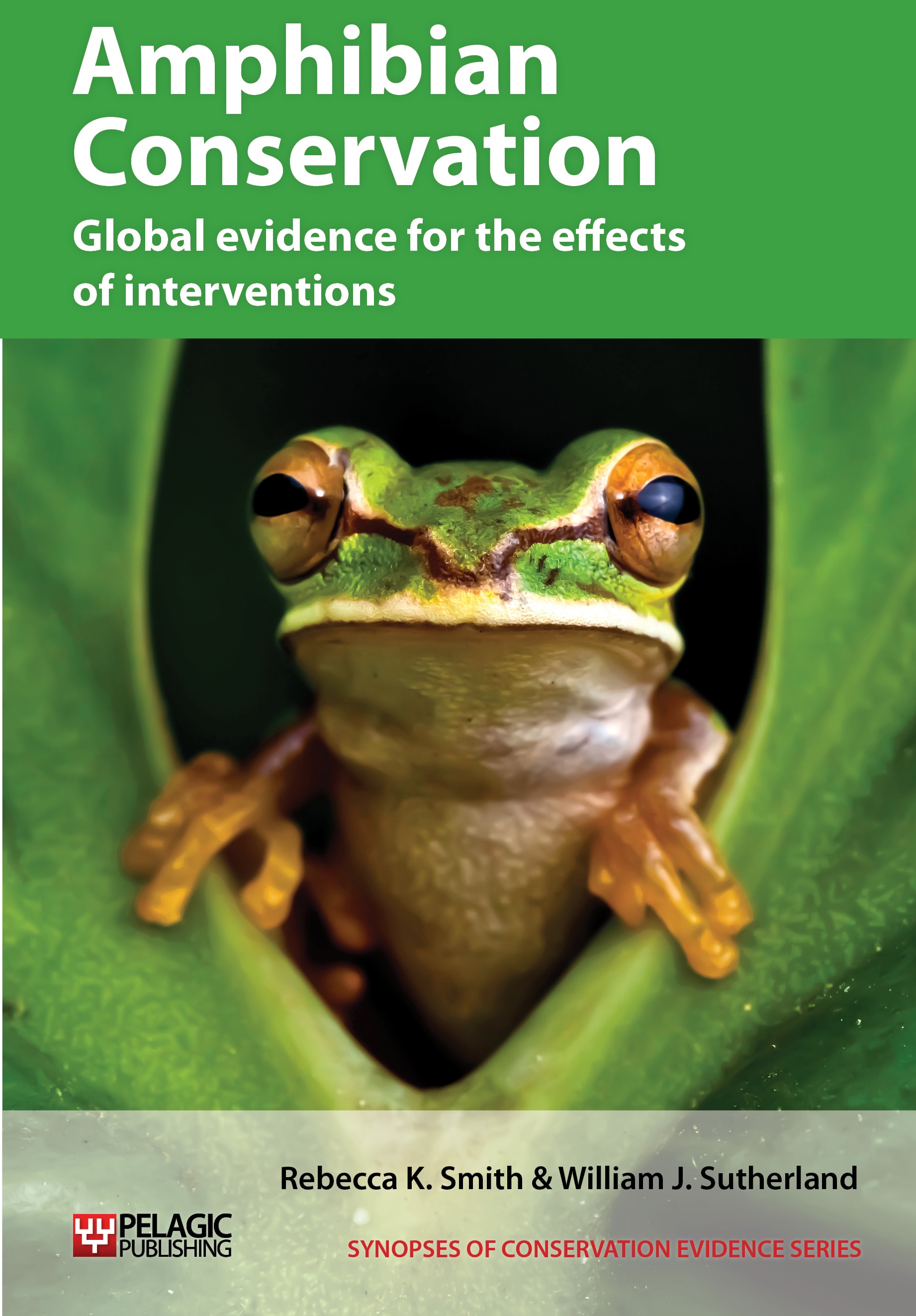Remove the chytrid fungus from ponds
-
Overall effectiveness category Unknown effectiveness (limited evidence)
-
Number of studies: 1
View assessment score
Hide assessment score
How is the evidence assessed?
-
Effectiveness
25% -
Certainty
25% -
Harms
0%
Study locations
Supporting evidence from individual studies
A before-and-after study in 2009–2010 of a pond in Mallorca (Lubick 2010) found that drying out the pond and treating resident Mallorcan midwife toads Alytes muletensis with a fungicide reduced the prevalence but did not eradicate chytridiomycosis. All samples from tadpoles came back positive for the chytrid fungus the spring after pond drying and treatment. However, the number of spores detected on each swab was lower than the previous year, suggesting a lower level of infection. Healthy-looking toads were seen breeding in the pond following pond drying and treatment. Over 2,000 toad tadpoles were removed from the pond in March–August 2009. The pond was emptied and left to dry over the summer. Tadpoles were taken to a laboratory and given daily five minute baths in the fungicide itraconazole for one week. They were held in captivity for up to seven months. Once the pond refilled in autumn, tadpoles were released. The following spring tadpoles were swabbed to test for chytridiomycosis.
Study and other actions tested
Where has this evidence come from?
List of journals searched by synopsis
All the journals searched for all synopses
This Action forms part of the Action Synopsis:
Amphibian Conservation
Amphibian Conservation - Published 2014
Amphibian Synopsis





)_2023.JPG)














